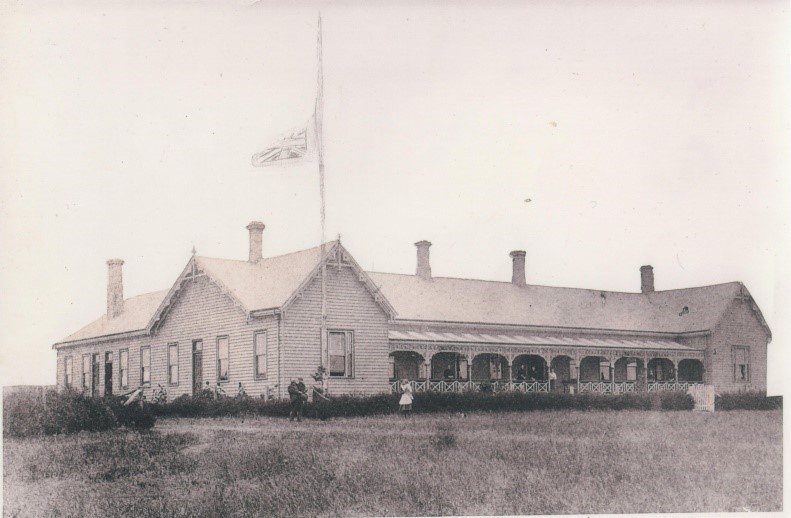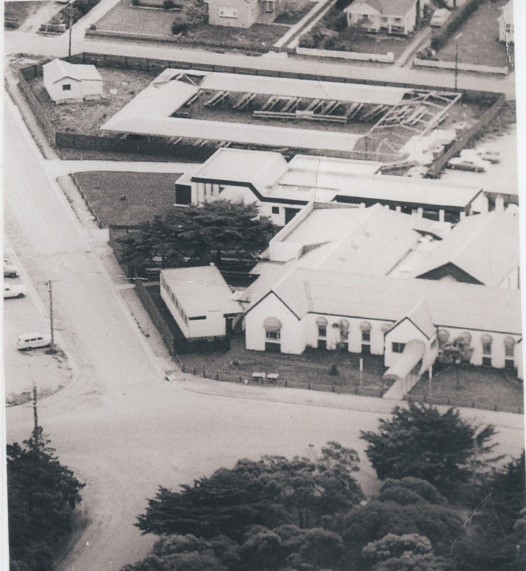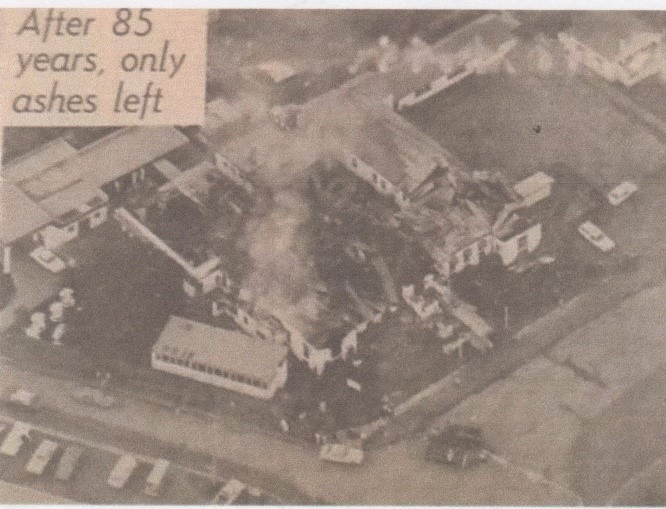Torquay Hotel
James Follett (1838-1899) was an early settler from the 1870s and in the 1880s he purchased land close to Spring Creek where he built the Pioneer Coffee Palace and accommodation facility. The building, designed by architect Joseph Watts and built by Charles Mills, both of Geelong, was made of wood with plastered walls and a corrugated iron roof and contained 35 rooms that could lodge 150 people. The facility opened in December 1888 with a large soiree ball. In 1890 James’ wife Ann applied for a liquor licence (James was running a coaching business to transport visitors to Torquay) and the licensing court reported “the house was a splendid one, nearly all rooms being very large, well ventilated and altogether of a superior kind”. The licence for a fee of £50 of the Pioneer Palace Hotel began on New Year’s Day 1891. The licence was transferred to Susan Tassell in 1901 with a fee of £150 and the name changed to the Palace Hotel. William Williams took over in 1912 until 1918; then Alex Crow was licensee until 1926. During the 1930s there were a series of short-term licensees: Henry Main, Bert Mason, Albert McCartney and William Wren. In the 1940s fires that swept through Torquay the hotel was saved largely to the efforts of the Light Horsemen who were camped in Torquay on manoeuvres. Wren sold to Hazel Annett and Mary Evans who ran the hotel during the war years then sold to John Pawson in 1948. The Pawson family operated the hotel until 1970 when it was sold to Beachfront Hotel Pty Ltd. The hotel then underwent a refurbishment that retained the old building, and the exterior was changed to Spanish Mission style with the chimneys and lacework veranda removed. The first licensee for Beachfront Hotel Pty Ltd was Sydney Smith who established a strong connection with the local clubs serving on the committees of the football club and ex-serviceman’s club. After Smith, a succession of licensees followed and the cordial relationship between the clubs and the hotel declined. Many locals stopped their patronage of the hotel. In 1976 the hotel was destroyed by fire in suspicious circumstances that rumours linked to the friction between the hotel and the clubs. Three bars, the managers flat and a number of guest rooms were gutted in the blaze which burnt out nearly two acres. Only the newly completed bottle shop that was not attached to the hotel and a guest room wing used only in busy times were still standing. The hotel operated out of the bottle shop until a new building could be erected. The hotel has then passed through a series of company ownerships up to the present day, undergoing a periodic refurbishments.
Further resource (Available from Geelong Regional Libraries Collection)
Cecil, K.L. (1990). Along the Great Ocean Road: The Local Pubs. Anglesea Historical Society. pp 14-31.

TDHS Collection

TDHS Collection

prior to 1976 fire
TDHS Collection

TDHS Collection
